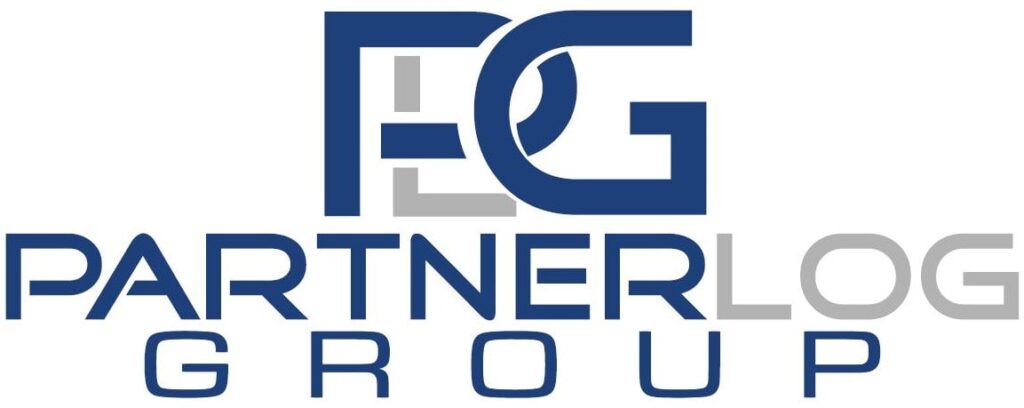Quality Assurance
Don’t wait to uncover defects in your warehouse after your shipment arrives — identify them on the production floor with PLG’s expert assistance. We catch and fix quality issues early!
Our inspections support you with:
- Real-time updates from the site
- Decision making support
- Efficient video and photo reporting
- Protocol and standards setting and testing
- Benchmarking
- Training and Competence Building
Once production begins, halting it at any point can become costly and disrupt momentum. That’s why, before the production line starts, we ensure that everyone involved in the manufacturing process is well-informed and has everything needed to begin. We hold a meeting to confirm that all specifications are shared, quality standards are understood, and potential risk areas have been identified. A detailed checklist and protocol are then produced for everyone to follow.
The initial inspection ensures samples and specifications are understood by the line manager and workers, production lines are properly set up, a plan is in place for correct bulk production, and materials are available and meet quality standards. By requesting a small production series before bulk manufacturing, we can also check the conformity of the finished product, helping to prevent issues in bulk production.
WHEN/WHERE: On the production floor and in the finishing and packing area, when 20% of the order is completed for a new producer, new product, or problematic product.
WHAT: Identify and analyze defects, then create a corrective and preventative action plan. This is essential for new product ranges and unproven factories. A DPI (During Production Inspection) is recommended as a complement to a PSI (Pre-Shipment Inspection). Making corrections early in the process helps save resources.
We use the international standard MIL-STD-105E or AQL tables as statistical tools during inspections. We help you determine an acceptable quality level for your products and assist in discussing it with your supplier. Although the AQL may seem complicated at first glance, it is widely used as an objective tool for controlling quality and is well-known by manufacturers themselves. If you would like to learn more about how this applies to your production, contact us for an introduction.

